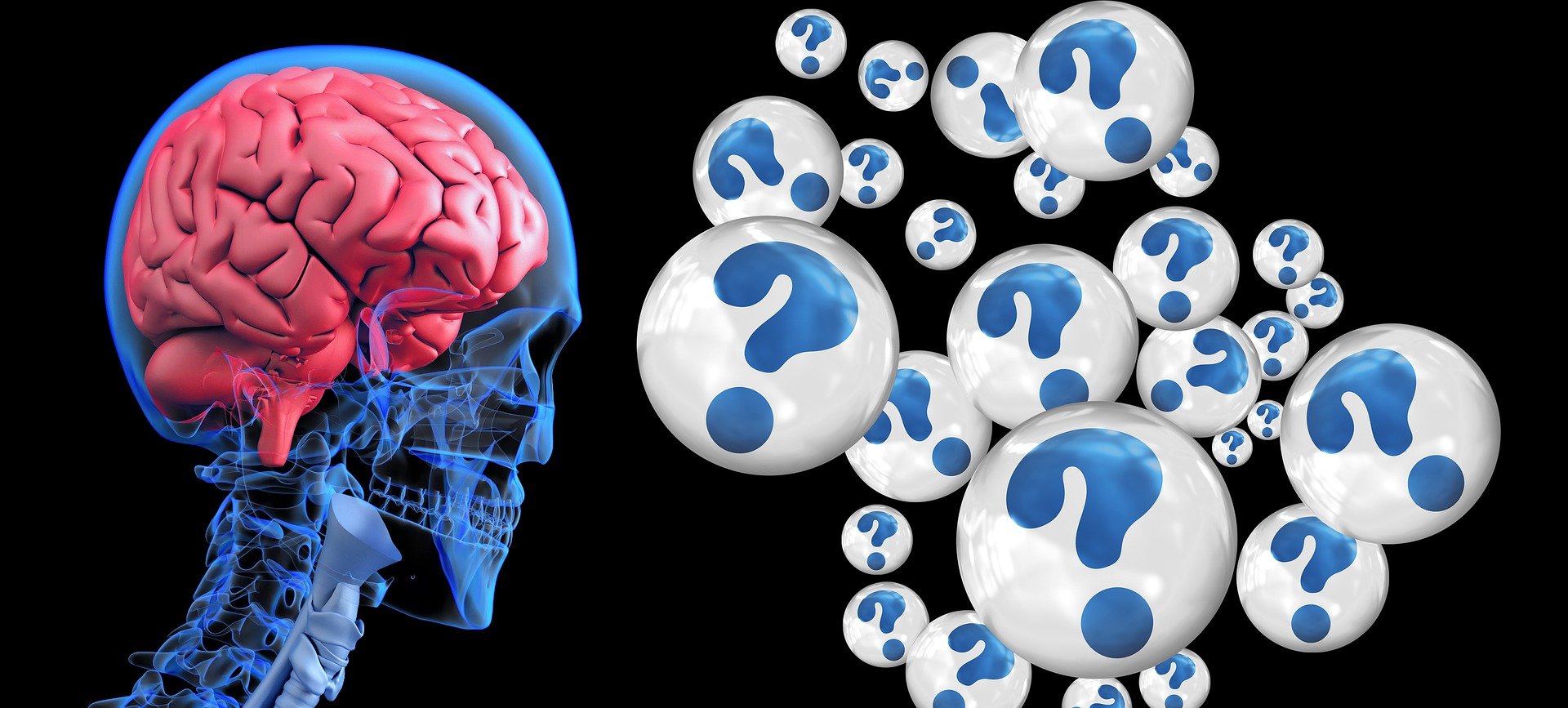The neurocognitive disorder is a term used in the Diagnostic and Statistic Manual of Mental Disorders Fifth Edition (DSM-5). It refers to a range of conditions that cause cognitive decline.
The DSM-5 classifies neurocognitive disorders as mild or major depending on how severe they are. This new nomenclature helps medical professionals identify and treat cognitive impairments before they develop into dementia syndromes.
Alzheimer’s disease
Alzheimer’s disease, or AD, is the most commonly diagnosed neurocognitive disorder. It affects 6% of adults 65 years and older, but it can also begin in younger people. Modvigil 200mg, a potential cognitive-enhancing smart pill, has previously been shown to improve the performance of healthy and attention-deficit patients.
Symptoms may include problems with memory and thinking, confusion, and changes in personality and mood. These symptoms usually get worse over time.
This condition is caused by a buildup of protein fragments called beta-amyloid, which clump to form plaques. These deposits occupy the space between nerve cells and disrupt communication in the brain.
Treatment for Alzheimer’s can help control symptoms and slow the progression of the disease. Drugs can also help with sleep, agitation, and depression.
Dementia with Lewy Bodies
Lewy body dementia is caused by deposits of proteins called Lewy bodies in the brain. These deposits may form before symptoms appear or after they do.
It is thought that the build-up of these deposits causes a problem with brain processing and interferes with normal functions. It may also cause problems with movement.
Symptoms usually start slowly and worsen over time. They last an average of five to eight years from onset, but they can vary greatly.
Symptoms include visual hallucinations (seeing things that aren’t there), trouble with speech, and problems with concentration and visual perception. Some people also experience fluctuation in awareness or concentration, swaying from a state of alertness to drowsiness or staring into space.
Dementia with Lewy bodies is one of the causes of dementia, along with Alzheimer’s disease and vascular dementia. The term “Lewy body dementia” (LBD) refers to both dementia with Lewy bodies and Parkinson’s disease dementia. Here, we concentrate on a specific brain disorder known as “dementia with Lewy bodies” (DLB).
Frontotemporal Degeneration
Frontotemporal degeneration, or FTD, affects the parts of your brain that control decision-making, behavior, emotion, and language. It is the most common neurocognitive disorder in people under age 60.
It can occur alone or in combination with Parkinsonian-like disorders (such as progressive supranuclear palsy and corticobasal degeneration) or Amyotrophic lateral sclerosis (ALS).
Early symptoms of FTD can include changes in behavior, difficulty understanding and using words (primary progressive aphasia), and movement problems like stiffness and muscle weakness.
Symptoms often get worse over time, which can cause physical issues such as loss of bladder or bowel control. These problems can make daily activities very difficult and lead to a permanent need for care.
Frontotemporal disorders (FTD), also known as frontotemporal dementia, are caused by damage to neurons in the brain’s frontal and temporal lobes. Many symptoms may occur, including unusual behaviors, emotional problems, difficulty communicating, difficulty at work, or difficulty walking. FTD is uncommon and occurs at a younger age than other types of dementia. FTD affects roughly 60% of people aged 45 to 64.
Huntington’s Disease
Huntington’s Disease, also known as HD, is a genetic disorder that progressively damages brain cells. It causes movement, thinking (cognitive), and psychiatric disorders that can affect a person’s ability to work, communicate and remain independent.
The symptoms of Huntington’s Disease include involuntary movements, cognitive decline, and emotional instability. It is caused by a defective gene called huntingtin, which was discovered in 1993.
Treatments are available to help manage the symptoms of Huntington’s Disease, but they can’t prevent its progression. You should speak with your doctor about the options available to you.
Huntington’s disease is a rare, inherited disease that causes the progressive breakdown (degeneration) of brain nerve cells. Huntington’s disease affects a person’s functional abilities in a variety of ways, usually resulting in movement, thinking (cognitive), and psychiatric disorders.
Parkinson’s Disease
Symptoms of Parkinson’s Disease include shaking, tremors, rigidity, and poor posture. These symptoms are caused by the degeneration of nerve cells in the substantia nigra, an area of the brain that controls movement.
People who have Parkinson’s Disease are usually diagnosed when they’re between the ages of 50 and 60 years old, but it can begin before that. Risk factors for Parkinson’s include age, gender, race, and family history.
Treatment for Parkinson’s Disease aims to ease the symptoms of the disorder by increasing the amount of a chemical in the brain called dopamine. Medications can be given in pill form or as injections into the small intestine.
Parkinson’s disease is a condition in which a portion of your brain deteriorates, resulting in increasingly severe symptoms over time. While this condition is best known for affecting muscle control, balance, and movement, it can also affect your senses, thinking ability, mental health, and other areas.

